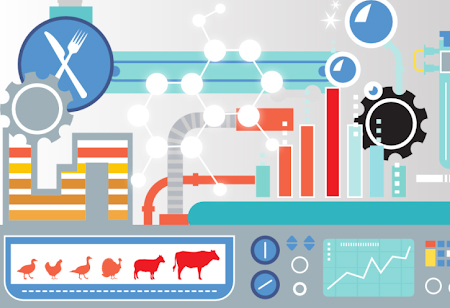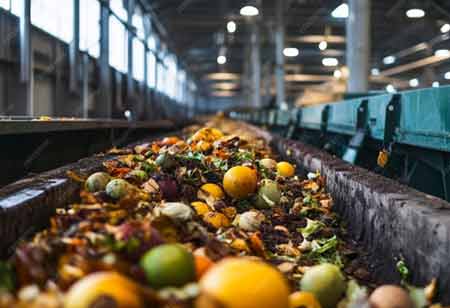THANK YOU FOR SUBSCRIBING
Be first to read the latest tech news, Industry Leader's Insights, and CIO interviews of medium and large enterprises exclusively from Food and Beverage Tech Review
How are Advancements in Technology Enhancing Poultry and Meat Processing?
Meat and poultry processors are embracing plant automation to produce better quality products.

By
Food and Beverages Tech Review | Thursday, September 02, 2021
Stay ahead of the industry with exclusive feature stories on the top companies, expert insights and the latest news delivered straight to your inbox. Subscribe today.
Meat and poultry processors are embracing plant automation to produce better quality products.
FREMONT, CA: Protein processing technologies evolve to be more involved, proficient, and attractive to meat and poultry plant operators. Between 2017 and 2025, meat processing equipment revenues is deemed to rise from $11 billion to $18.8 billion. The industry is showing an increase in the adoption of wholly automated technologies and in-built sensor systems. Machinery is going to be completely automated to keep pace with the growing demand for meat, poultry, and seafood. Additionally, the level of automation in each plant will depend on specific manufacturing processes, the availability of labor, and total cost.
[vendor_logo_first]Funding remains an implementation obstacle
Limiting the adoption of cutting-edge technologies is a lack of capital, which obstructs the processors from investing in new equipment and designing or redesigning plants to incorporate the machinery. Equipment, along with a state-of-the-art process, controls stays out of reach of numerous operators because they lack the processing volume to understand the relatively quick returns on investment.
Nevertheless, the processors must consider the prospect of upgrading any automated process or replacing workers with machinery to improve the operating efficiencies. Automated functions might consist of meat cutting, carcass breakdown, mixing, portioning, packaging, and labeling. Operators generally push the employees to work faster and better, but subsequent fatigue can result in injuries; thus, mechanical separation, for example, reduces these injuries significantly as workers are not as much of a factor on the line.
Robotics become a more viable option
Upgrades to robotic technologies allow machines to effectively handle irregular items and adjust equipment settings to process meats more effectively in real-time. Individual meat slabs are sometimes asymmetrical and can differ from one another in density, shape, and size; therefore, this adaptability is crucial for producing the appropriate cuts without wasting much of the product.
Companies must incorporate automated equipment and robotics where these additions will have the most impact. Automated processing technologies will most probably become more modular and adaptable, with robotics getting increasingly closer to replicating human movements and decisions.
See Also: Top Robotics Companies
I agree We use cookies on this website to enhance your user experience. By clicking any link on this page you are giving your consent for us to set cookies. More info







